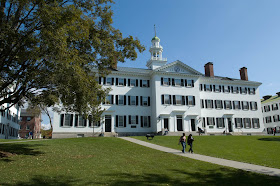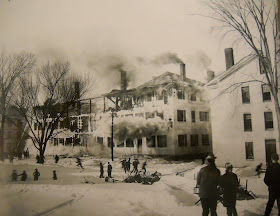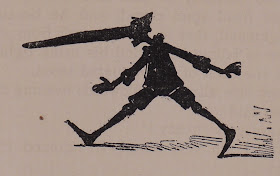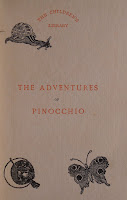 Dartmouth Hall was built between 1784 and 1792 to replace College Hall, which had fallen into disrepair. The process took so long because of problems with funding. The final building was somewhat smaller than that envisioned by Eleazar Wheelock, though it was still a massive building for its day. The final structure stood 175 feet long by 52 feet deep. As Scott Meacham notes in his book Dartmouth College: An Architectural Tour, Dartmouth Hall was the College. It served as dormitory, classroom, library and museum. Later, in 1829, a chapel was also added. In addition, it also served as a place to hide the townspeople’s cows, a form of protest devised by the students who did not like having them pastured on the Green. In 1895 the architects Lamb & Rich added electric lights and steam heat, though this proved to be the building's undoing.
Dartmouth Hall was built between 1784 and 1792 to replace College Hall, which had fallen into disrepair. The process took so long because of problems with funding. The final building was somewhat smaller than that envisioned by Eleazar Wheelock, though it was still a massive building for its day. The final structure stood 175 feet long by 52 feet deep. As Scott Meacham notes in his book Dartmouth College: An Architectural Tour, Dartmouth Hall was the College. It served as dormitory, classroom, library and museum. Later, in 1829, a chapel was also added. In addition, it also served as a place to hide the townspeople’s cows, a form of protest devised by the students who did not like having them pastured on the Green. In 1895 the architects Lamb & Rich added electric lights and steam heat, though this proved to be the building's undoing.In February 1904, Dartmouth Hall burned to the ground in a matter of minutes. The cause of the fire was found to be faulty wiring. The building was rebuilt with gifts from alumni. The final cost of the reconstruction was about $100,000. One request for donations distributed by Dartmouth Trustee Melvin O. Adams '71 states, "This is not an invitation, it is a summons." Adams' letter gives a sense of the importance the alumni attached to Dartmouth Hall. By October of the same year, the cornerstone for the new building was laid. William Legge, the sixth Earl of Dartmouth, a descendant of the British nobleman for whom the College is named, came to the campus for Dartmouth Night to participate in the ceremony. The new Dartmouth Hall was built as a replica of the original building, though it differs in some significant ways. The exterior is brick instead of clapboard, the building was enlarged slightly and some architectural details were changed. The rebuilding of Dartmouth Hall took two years and it was not until 1906 that it was open and ready for use.
In 1935, the upper floors of Dartmouth Hall caught fire again. Since the insurance company paid $79,000 for the cost of the damage, the Board of Trustees decided to gut the entire building and make it 100% fireproof, a process that required the application of steel and concrete to reinforce the interior of the building. In the end the fireproofing cost the college another $200,000. The funds not covered by the insurance came from alumni donations.
Today, Dartmouth Hall serves as an academic building as well as an icon of the College's early years.
Ask for the following Vertical Files to learn more: Dartmouth Hall Fires and Rebuilding; Dartmouth Hall (Old); Dartmouth Hall Bells; and Dartmouth Hall Clock.
And these Photo Files for images: Dartmouth Hall 1, 2, 3 and 4; Dartmouth Hall Fire (1904) and Reconstruction 1 and 2; Dartmouth Hall Fire (1935) and Reconstruction; Dartmouth Hall Interior; Dartmouth Hall Laying Of Cornerstone; Dartmouth Hall (Old) 1, 2, 3 and 4; Dartmouth Hall Opening (February 17, 1908).



